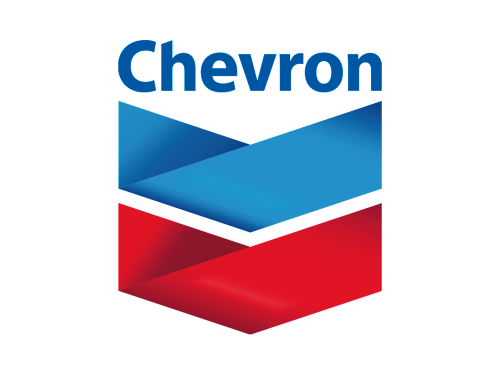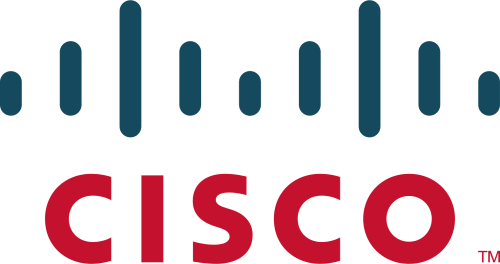Data center liquid cooling is the process in which liquid coolant is used to remove heat from server components. It is a highly energy-efficient method of data center cooling compared to mechanical cooling methods.
What Are the Types of Liquid Cooling?
Liquid cooling is one of the fastest growing innovations in the data center industry, and there are numerous types of liquid cooling. The liquid cooling method that is best for a facility is based on a variety of factors, including the size of the facility and the density of the racks.
Liquid cooling methods include:
- Liquid immersion cooling. Liquid immersion cooling involves submerging components in a dielectric coolant. It is most commonly used to cool large power distribution equipment such as transformers but can also be used to cool IT hardware. There are two types of liquid immersion cooling: single-phase immersion and two-phase immersion. With single-phase immersion, the coolant never changes its state of matter as it does not freeze or boil. In two-phase immersion cooling, the liquid boils and turns to a gas. Although two-phase immersion is more efficient, single-phase immersion is more cost-effective and works better for smaller, less dense facilities.
- Microconvective cooling. Microconvective liquid cooling removes heat at the chip level. It involves numerous small fluid jets within compact cooling modules. It is primarily used to improve the performance of applications with the densest compute profile and can cool down even the most powerful processors.
- Direct-to-chip cooling. In direct-to-chip cooling, tubes deliver liquid coolant straight to the chip. The coolant absorbs the heat and is then removed. Direct-to-chip cooling is one of the most efficient cooling techniques for reducing data center energy consumption.
- Microchannel cooling. An extension of direct-to-chip cooling, microchannel liquid cooling adds cold plates that directly target CPUs, GPUs, and memory modules. The sealed metal plates operate spread the heat into small internal fluid channels. This technique is designed to cool a large surface area.
- Oil cooling. Oil cooling involves the use of mineral oil, which retains heat 1,200 times better than air. The oil is contained in tanks near server racks. The racks are submerged into the tanks where the oil absorbs the heat and is pumped to a passive dry cooling tower.
What are the Benefits of Data Center Liquid Cooling?
Modern data center equipment generates a lot of heat and is increasingly deployed in higher densities. While hot spots can damage equipment and cause downtime, mechanical cooling such as CRACs require massive amounts of energy.
The key benefits of liquid cooling include:
- Sustainability. Data center managers support corporate sustainability initiatives. Liquid cooling reduces a data center’s carbon footprint and allows for the repurposing of captured heat.
- Energy efficiency. Liquids have higher thermal transfer properties compared to air. This, combined with the removal of the fans that are used to circulate air, results in significant energy efficiency benefits.
- Reliability and performance. With conventional cooling methods, it is very likely for equipment to approach their safe operating temperature limits. This can cause performance to decline, equipment damage, and downtime. The improved efficiency of liquid cooling prevents CPUs from reaching that threshold, allowing the equipment to operate at its fullest.
- Increased utilization of space. Liquid cooling can accommodate higher density racks than traditional cooling methods so data center managers can make the most of their existing space capacity to defer new constructions and expansions.
DCIM Software and Liquid Cooling
Data Center Infrastructure Management (DCIM) software collects, reports, and alerts on data from power and environmental sensors to ensure that the data center is being cooled efficiently.
Key aspects of DCIM software that contribute to a more efficient cooling system include:
- Measuring and monitoring data center energy consumption for more intelligent management decisions for the facility
- Environment monitoring to better understand the current conditions and determine what areas need improvement
- Tracking power, environment, energy, and cost data in real-time to monitor the impact of data center energy efficiency initiatives on KPIs
- Data center automation capabilities, zero-configuration charts and reports, and visual analytics that aid in reducing energy consumption
Want to see how Sunbird’s world-leading DCIM solution can help you efficiently cool your data center? Get your free test drive now!
Related Links
- Data Center Liquid Cooling 101
- Top 6 Innovations in Data Center Cooling Technology
- Top Liquid and Immersion Cooling Vendors for High-Density Racks
- 6 Best Practices to Increase Data Center Energy Efficiency
- How DCIM Software Improves Data Center Energy Efficiency
- How to increase Data Center Sustainability: 10 Best Practices to Reduce Your Data Center Carbon Footprint
- Green Data Centers Around the World
- 8 Ways to Ensure a Greener Data Center




























